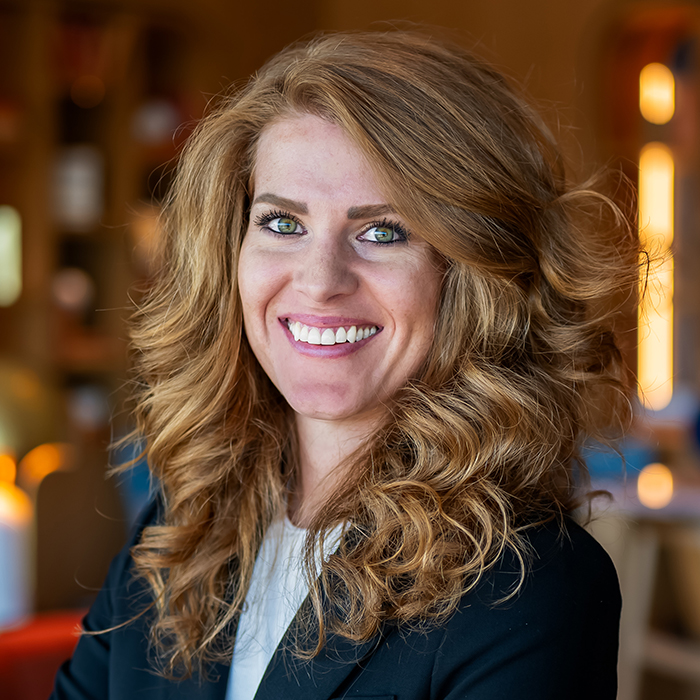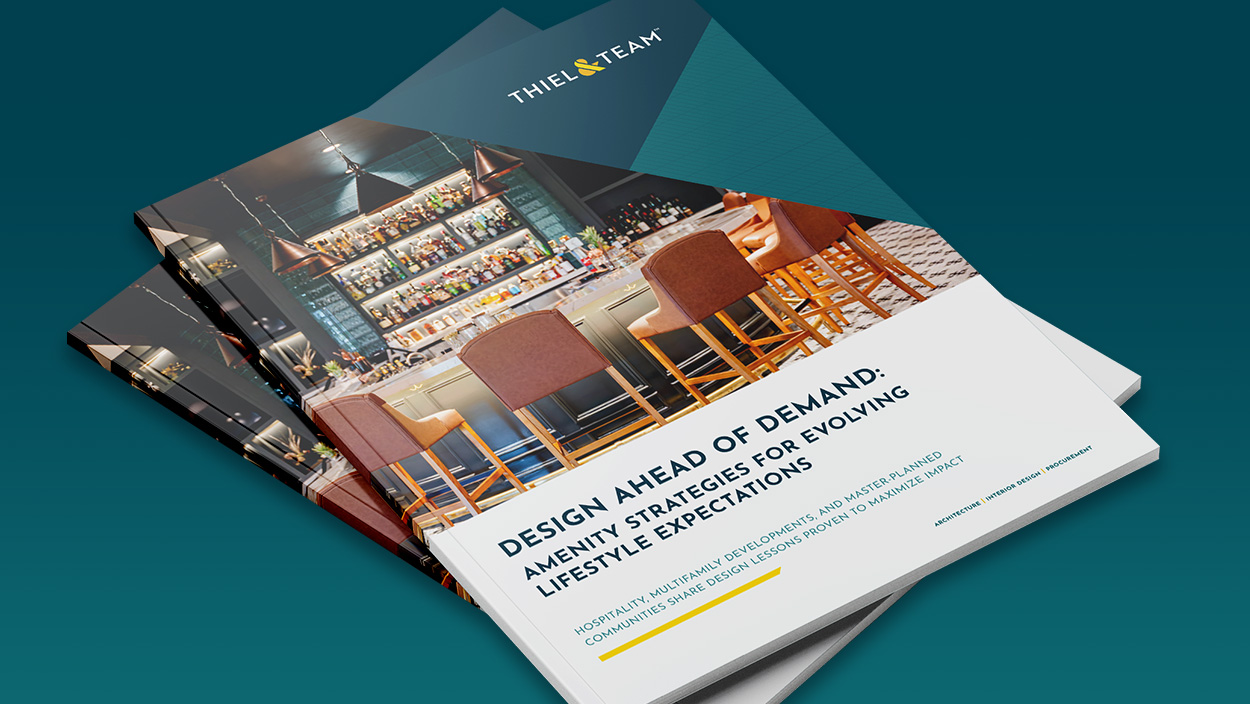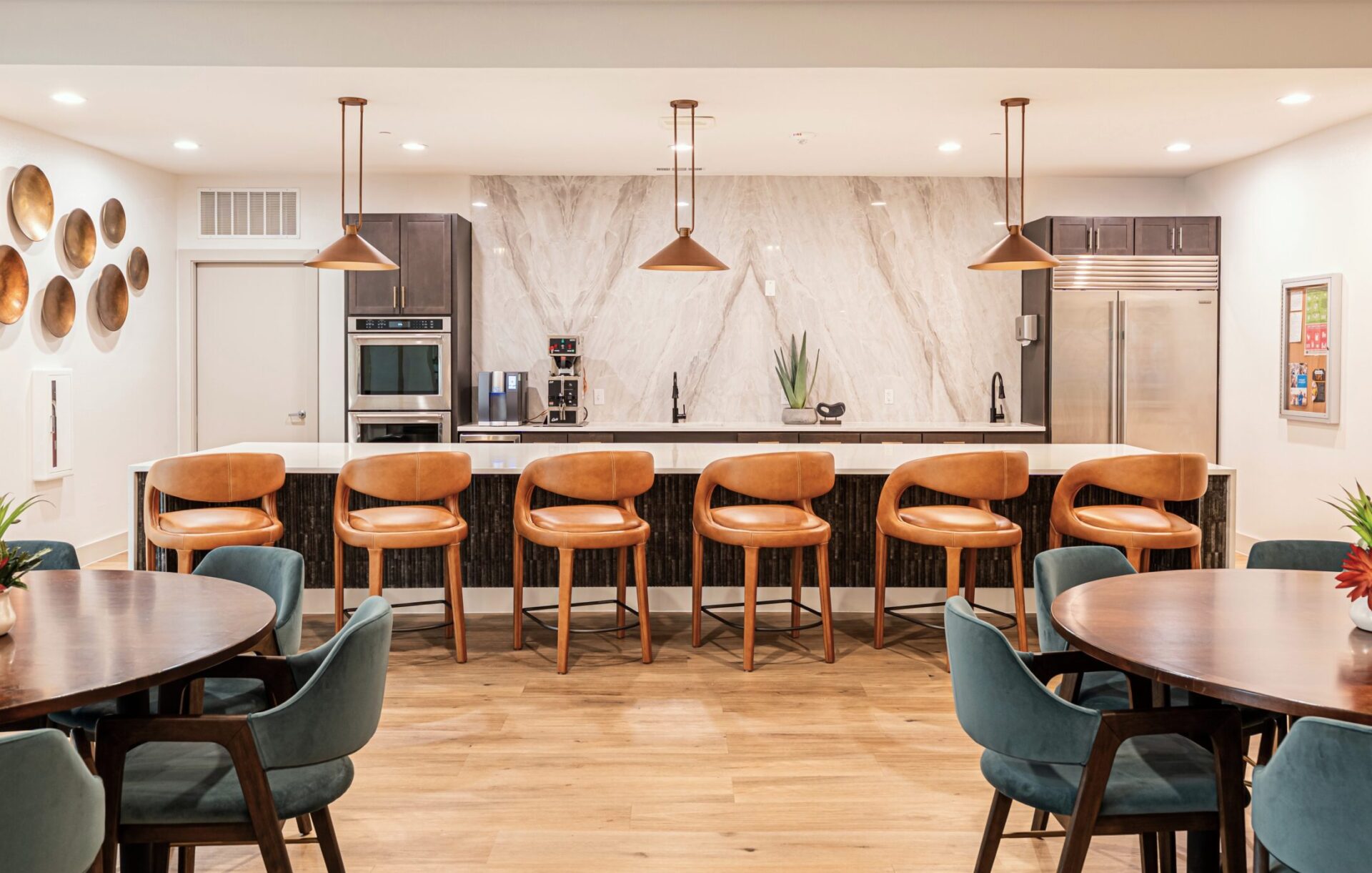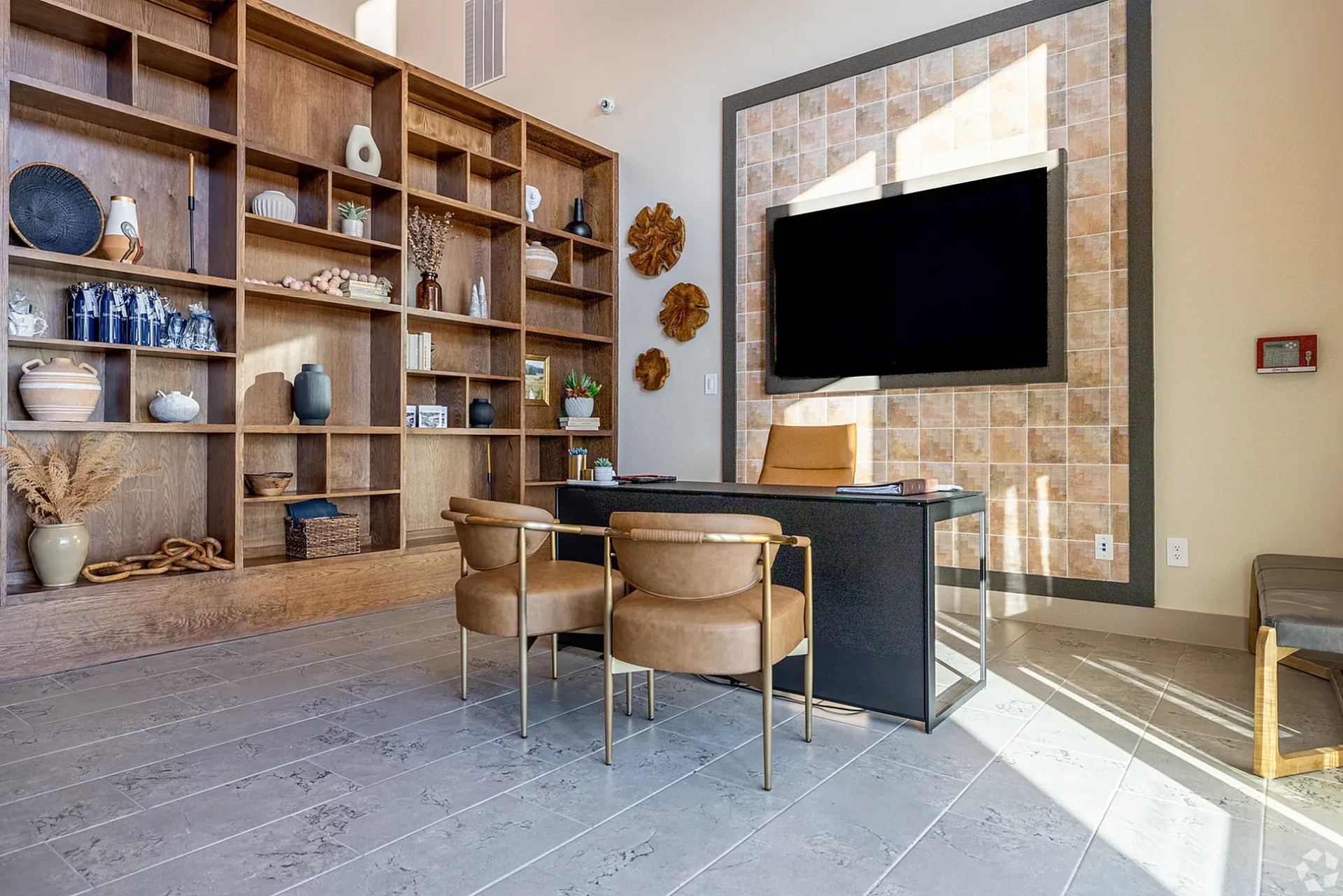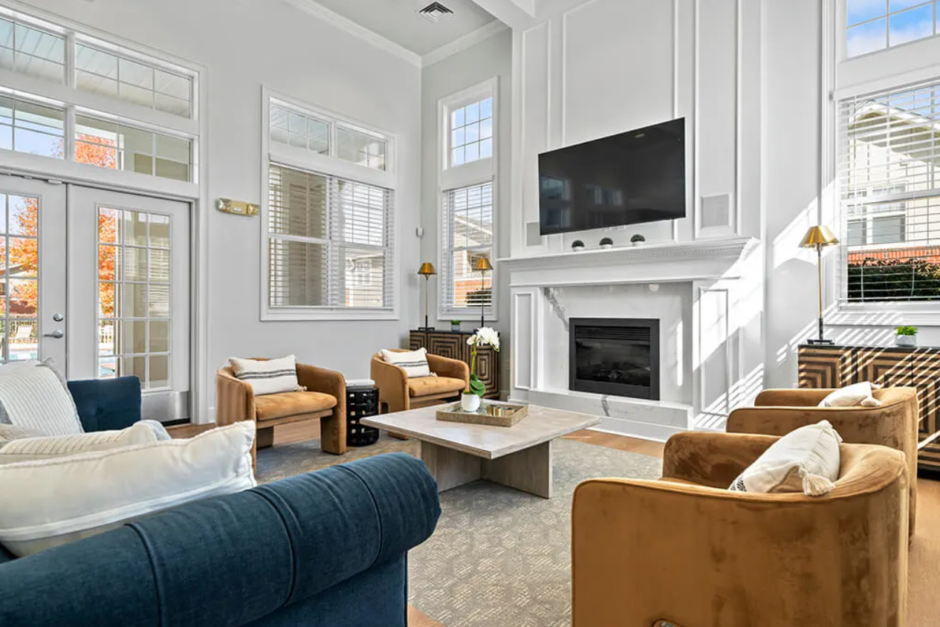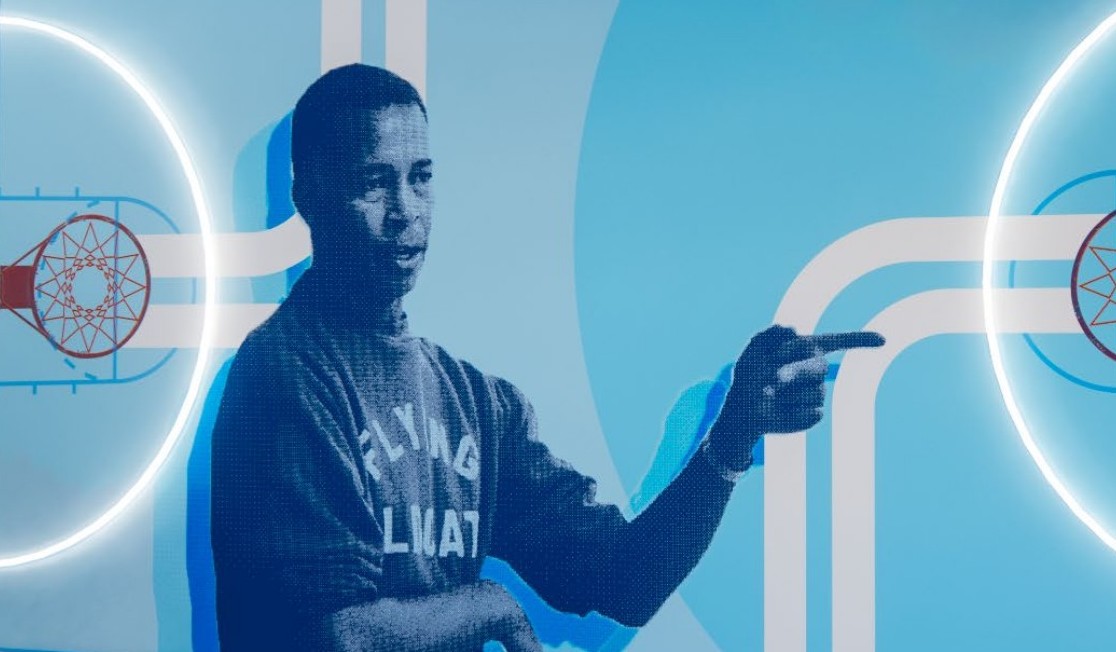
When developers invest in affordable housing properties, they’re making a powerful impact on the surrounding communities. Developers can maximize this impact – and better retain residents by also fostering a sense of community within their properties. Through thoughtful affordable housing design strategies, developers can activate communities and lower resident turnover, all within their renovation budget.
What is affordable housing?
Affordable housing is considered any type of housing that costs the occupant no more than 30% of their gross income, including utilities, according to the U.S. Department of Housing and Urban Development (HUD). Since the mid-1980s, many of these affordable housing options have been funded by the Low-Income Housing Tax Credit (LIHTC) program. LIHTC subsidizes developers’ acquisition, renovation, and construction of affordable housing solutions.
The value of creating communities in affordable housing
When developers maximize their funding support, they are able to go the extra mile to create welcoming spaces that breathe new life into communities and attract quality, long-term residents. It’s this sense of community that is a powerful advantage of the LIHTC program. After all, people want to live in a place where they have a sense of belonging. Making space for community engagement within multifamily housing is a powerful strategy for improving retention rates and reducing the high cost of turnover.
In addition, research indicates that when families aren’t burdened solely by the cost of housing, they can put more of their spending toward healthier food options, quality childcare, healthcare, and education. Investments in quality affordable housing actually improves the quality of people’s lives.
4 Affordable housing design strategies that foster community
Developers don’t have to wait for community to form on its own – they can cultivate it through careful design decisions. A design partner who has experience in affordable housing design can identify a number of strategies to foster this valuable sense of community on a limited budget. A few of these strategies are listed below.
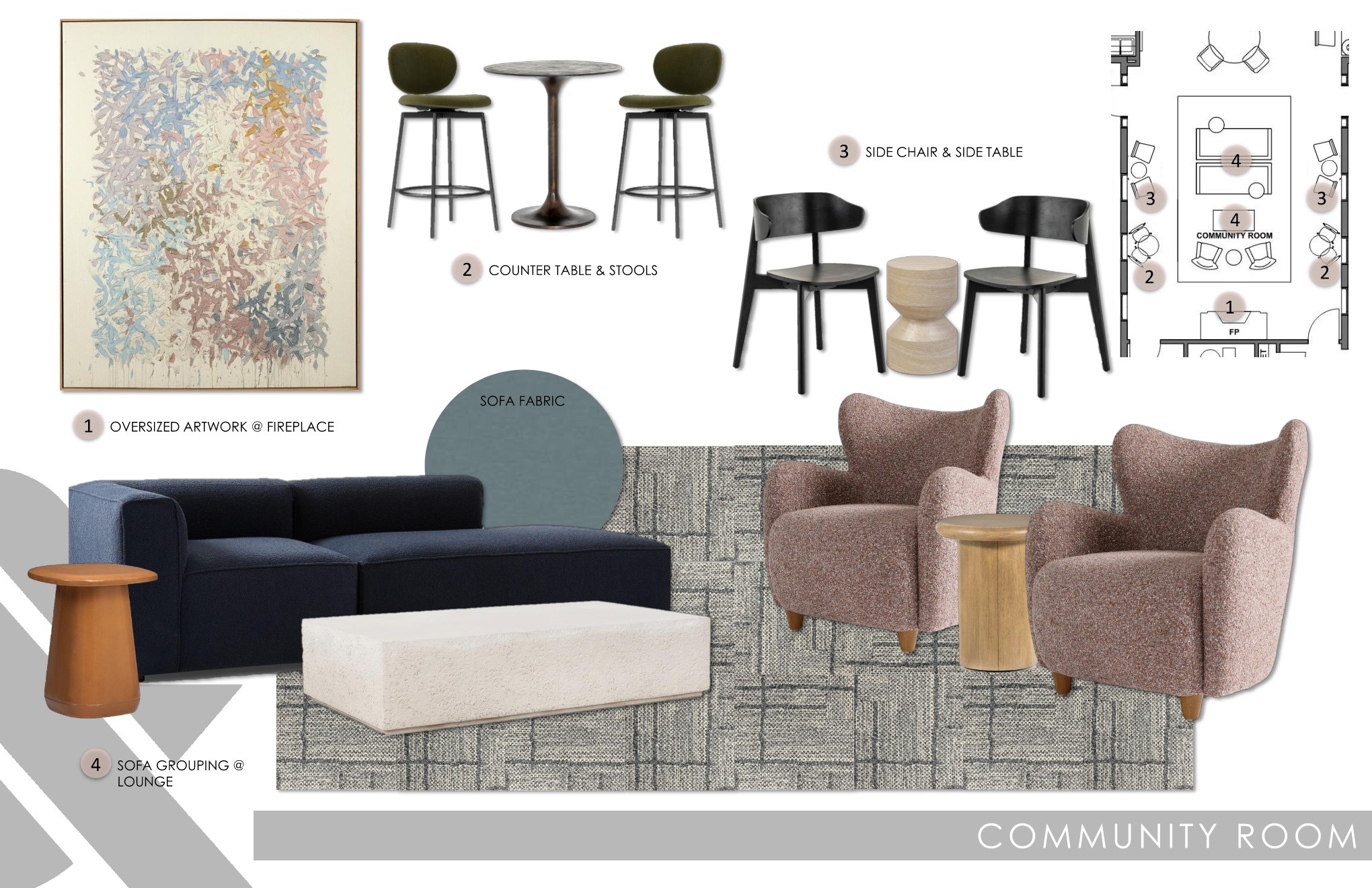
1. Identify areas of opportunity to make a big impact on a low budget.
Design can help cultivate a sense of community by creating an environment in which residents can feel proud. A team with experience in affordable housing design will know how to maximize your budget to achieve this goal. In some cases, fresh paint, new flooring and new furnishings in key focal areas, is enough to make a big impact.
For example, an affordable housing renovation project in Chester, Virginia, balanced budget-conscious decisions with impactful design to gain a competitive edge in attracting new renters. At Grand Oaks, the design team prioritized reutilizing existing furniture and fixtures wherever possible. By creatively integrating these features into the design, the team could make more of an impact through refreshed public amenity spaces, the addition of a modernized model unit to help with leasing, and a fresh paint scheme.
2. Embrace local influences.
Building connections is an important first step toward creating a community. Design decisions can help create a sense of place by incorporating influences from the local community. When designers embrace color palettes, textures, and materials that reflect the surrounding region, they can create an environment that resonates deeply with residents.
3. Listen to what residents want.
Before design teams come up with a plan, it’s important to take a step back and ensure the plan reflects the elements that residents already love. This seemingly simple, yet too often overlooked element, is central to the success of community-building – and an effective way to stretch the budget.
For example, Thiel & Team’s interior designers were on a site visit for a project to verify that an earlier iteration of design drawings they had received matched the existing property. During the visit, the team had an opportunity to ask the property manager about how the residents utilized the building. Through a quick conversation, the team learned that the community frequently used the existing media room. Yet the previous proposed floor plan had removed this space entirely from the renovation plan. Updating the finishes in the existing media room was not only a more cost-effective solution for the overall project; it was far more likely to keep residents from leaving.
Securing this input is as simple as having a thorough programming conversation with the property management and leasing teams about what features get the most use and what features residents are requesting. It’s in these teams’ best interest to serve their residents, so they provide a valuable voice for renters.
4. Design for diverse needs and uses.
To activate a community, affordable housing options must make space for everyone. This was a primary goal of Housing Solutions’ Hughes House, Fort Worth’s newest mixed-use, mixed-income development. The initial 162-unit development replaces the former Cavile Place public housing with a community-driven vision for safe and sustainable housing.

Hughes House is the second phase of a development thoughtfully planned to deconcentrate poverty by replacing approximately 300 former public housing units with 1,000 new mixed-income units. Housing is anchored by a neighborhood hub that delivers education, healthcare, job training, and employment assistance. The community’s goal is to create a space where all feel welcome by transforming residents’ perception of their community, enhancing pedestrian safety, and reducing crime rates.
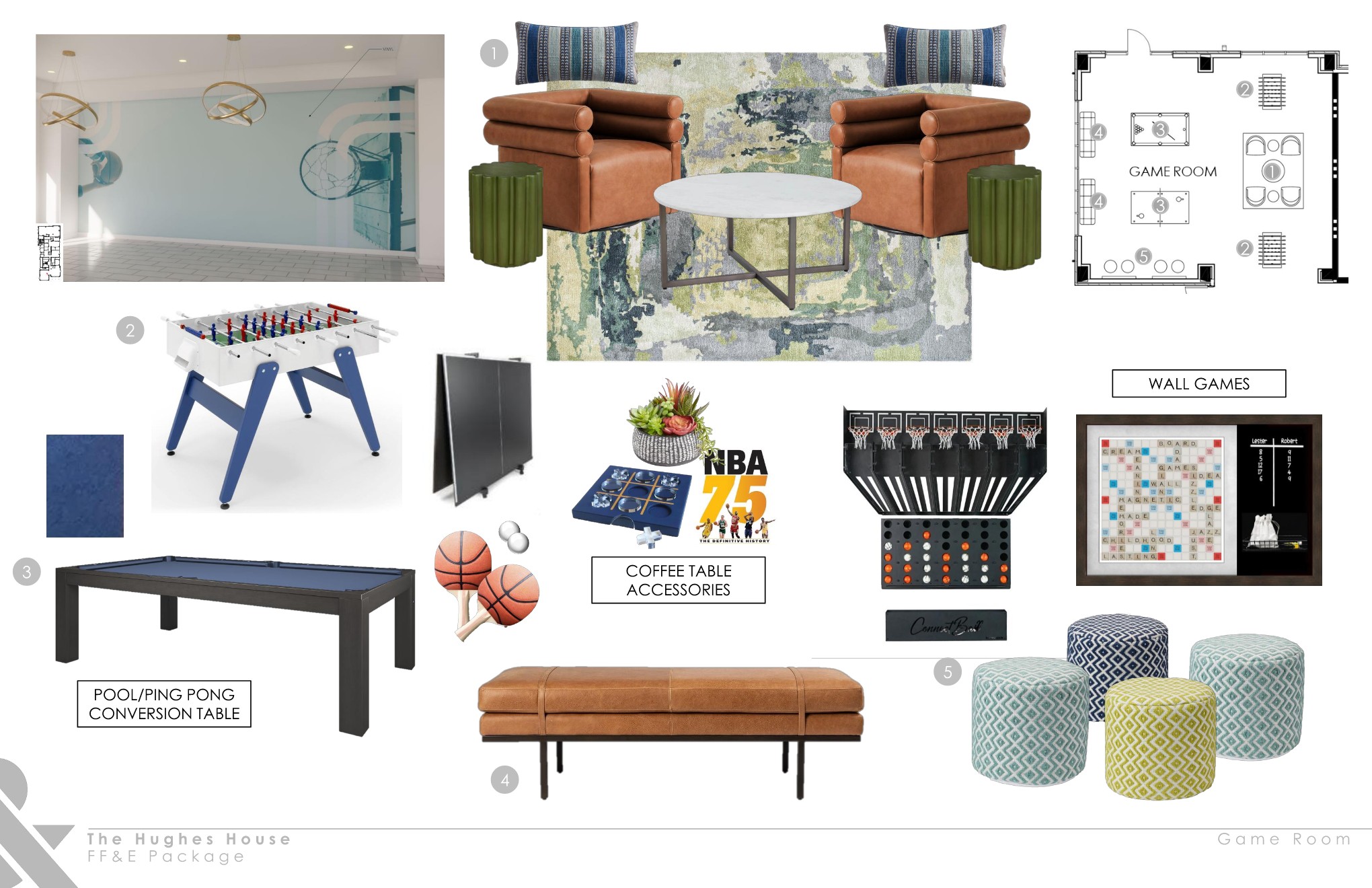
Within developments like Hughes House, design decisions are also impactful in accommodating occupants’ diverse needs. These decisions can be reflected in common areas through furniture arrangements that provide options for sitting with a group or listening to the group from seating located on the outskirts of a social gathering. It might mean providing common spaces where people can sit comfortably alone when they need a change of pace from their unit. It should also consider accessibility for people and families of all abilities. This subtle nod to inclusivity can truly engage a community.
Work with a design partner who prioritizes your end user’s experience
The attention to creating a beautiful, welcoming environment isn’t always expected by low-income renters. At the sites at which Thiel & Team has worked, we hear time and again how much the thought put into design means to these communities and the people who live in them.
We love hearing residents’ excitement about living within these refreshed spaces. We also love talking with developers about the many ways we can make small changes that transform the energy of a property without exceeding the budget. In fact, this is a challenge on which we thrive. To learn more about how Thiel & Team is activating communities, we encourage you to connect.

